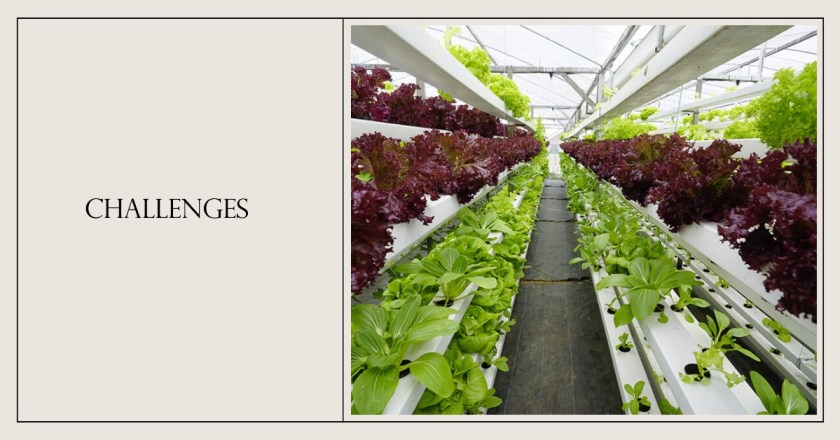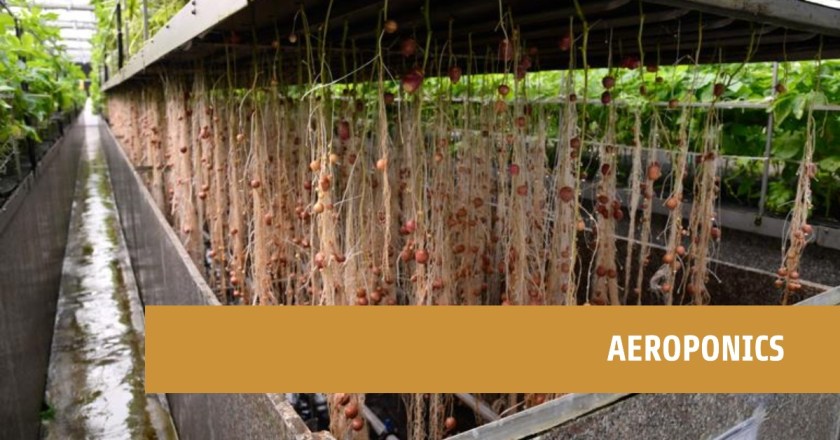Wondering if vertical farming is a viable business option? Our guide explores the potential profitability of this sustainable and innovative farming method.

Vertical farming is a relatively new and innovative method of agriculture that involves growing crops in vertically stacked layers, using artificial lighting and controlled environments. But is it a profitable business option? In this guide, we’ll explore the potential profitability for this type of farming and what factors to consider before investing in this sustainable farming method.
What is vertical farming?
Vertical farming is a method of agriculture that involves growing crops in vertically stacked layers, using artificial lighting and controlled environments.
This innovative farming technique allows for year-round crop production, regardless of weather conditions or seasonal changes. These farms can be located in urban areas, reducing transportation costs and carbon emissions associated with traditional farming methods.
Additionally, this sustainable farming uses significantly less water and pesticides than traditional farming, making it a more sustainable and environmentally friendly option.
Advantages of vertical farming.
Vertical farming offers several advantages over traditional farming methods. One of the biggest advantages is the ability to grow crops year-round, regardless of weather conditions or seasonal changes.
This allows for a more consistent and reliable crop yield, which can be a major advantage for farmers looking to maximize their profits.
Additionally, this smart farming can be done in urban areas, reducing transportation costs and carbon emissions associated with traditional farming methods.
Finally, This farming uses significantly less water and pesticides than traditional farming, making it a more sustainable and environmentally friendly option.
Challenges of this type farming.
While vertical farming offers many advantages, there are also several challenges that must be considered.
One of the biggest challenges is the initial investment required to set up a vertical farm. The cost of equipment, lighting, and other necessary infrastructure can be significant.

Additionally, vertical farming requires a high level of technical expertise and knowledge, which can be a barrier for some farmers.
Finally, while vertical farming can be more sustainable in terms of water and pesticide use, it still requires energy to power the lighting and other equipment, which can have an environmental impact.
Factors that affect profitability.
There are several factors that can impact the profitability of a vertical farming business.
One of the most important is the cost of production, which includes the cost of equipment, labor, and energy.
Another factor is the market demand for the crops being grown. If there is high demand for a particular crop, it may be more profitable to grow that crop than others.

Additionally, the location of the vertical farm can impact profitability, as transportation costs and local competition can affect pricing.
Finally, the ability to scale up production and increase efficiency can also impact profitability over time.
Tips for starting a successful vertical farming business.
Starting a successful vertical business requires careful planning and consideration of several factors.

First, it’s important to research and choose the right crops to grow based on market demand and profitability.
Next, consider the location of the farm and the cost of production, including equipment, labor, and energy.
It’s also important to develop a solid business plan and secure funding to cover startup costs. Finally, focus on scaling up production and increasing efficiency over time to maximize profitability.
Is a Vertical Farming Business Profitable?
Vertical cultivating has become more well-known lately as it considers controlled crop development while utilizing fewer assets than customary cultivating techniques.
Albeit the expense of building an upward homestead can be high at first, it can possibly be productive because of the capacity to develop more harvests per square foot and save money on transportation costs.
There is a developing interest in privately developed, new products which makes a bigger market for vertical cultivating organizations.
Be that as it may, it is critical to design cautiously, work effectively, and break down the market to find success in vertical cultivating.
5 Different Types of Vertical Farming
Discover the different types of vertical farming and how they can benefit your food production. There are several types of vertical farming, including hydroponics, aeroponics, and aquaponics, each with its own unique benefits.
Hydroponics
Hydroponics is a type of vertical farming that involves growing plants in a nutrient-rich water solution, without soil. This method allows for precise control over the nutrients and water that plants receive, resulting in faster growth and higher yields.
Hydroponic systems can be set up in a variety of ways, including using vertical towers or shelves, and can be used to grow a wide range of crops, from leafy greens to tomatoes and strawberries.
Aeroponics
Aeroponics is a cutting-edge type of vertical farming that involves growing plants in a misty, nutrient-rich environment.
This method allows for even more precise control over the nutrients and water that plants receive, resulting in even faster growth and higher yields than hydroponics.

Aeroponic systems can be set up in vertical towers or shelves, and are particularly well-suited for growing crops that require a lot of oxygen, such as herbs and leafy greens.
While aeroponics is still a relatively new technology, it has the potential to revolutionize the way we grow food in urban environments.
Aquaponics
Aquaponics is a type of vertical farming that combines aquaculture (raising fish) with hydroponics (growing plants in water).
The fish waste provides nutrients for the plants, while the plants filter the water for the fish. This creates a closed-loop system that is highly sustainable and efficient.

Aquaponics can be used to grow a wide variety of crops, including vegetables, fruits, and herbs, as well as fish and other aquatic animals.
It is a great option for those looking to produce their own food in a small space, while also reducing their environmental impact.
Vertical Farming Towers
Vertical farming towers are a type of vertical farming that involves stacking layers of crops on top of each other in a tower-like structure. This allows for maximum use of space and can increase crop yields.
The towers are often equipped with LED lights and a hydroponic system to provide the plants with the necessary nutrients and light. Vertical farming towers can be used to grow a variety of crops, including leafy greens, herbs, and strawberries.
They are a great option for urban areas where space is limited, and can even be used indoors with the right equipment.
Container Farming
Container farming is a type of vertical farming that involves growing crops in shipping containers. These containers are modified to include lighting, irrigation systems, and climate control to create a controlled environment for the plants.

Container farming is a great option for those who want to start a small-scale farm without the need for a large plot of land. It also allows for year-round growing and can be used in urban areas where space is limited.
Container farming can be used to grow a variety of crops, including leafy greens, herbs, and even small fruits like strawberries.
